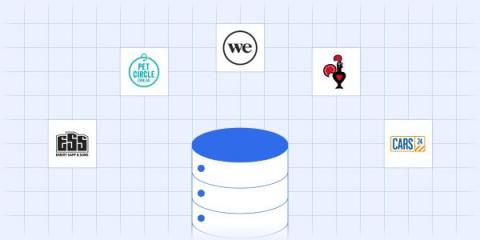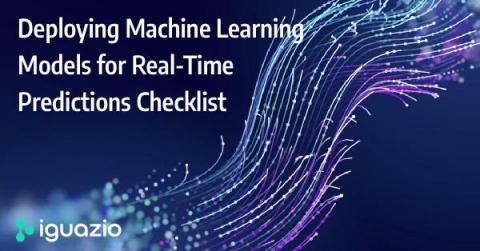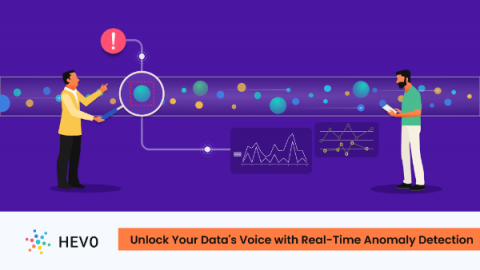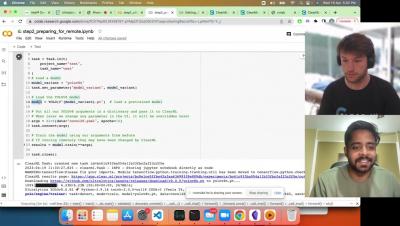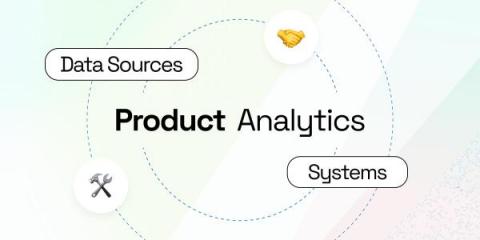Built with BigQuery: BigCommerce teams up with Tech Partners to make gathering, analyzing and acting on retail data easy
BigCommerce has teamed up with BigQuery to create a native integration to its ecommerce platform that makes data analysis easier than ever.






